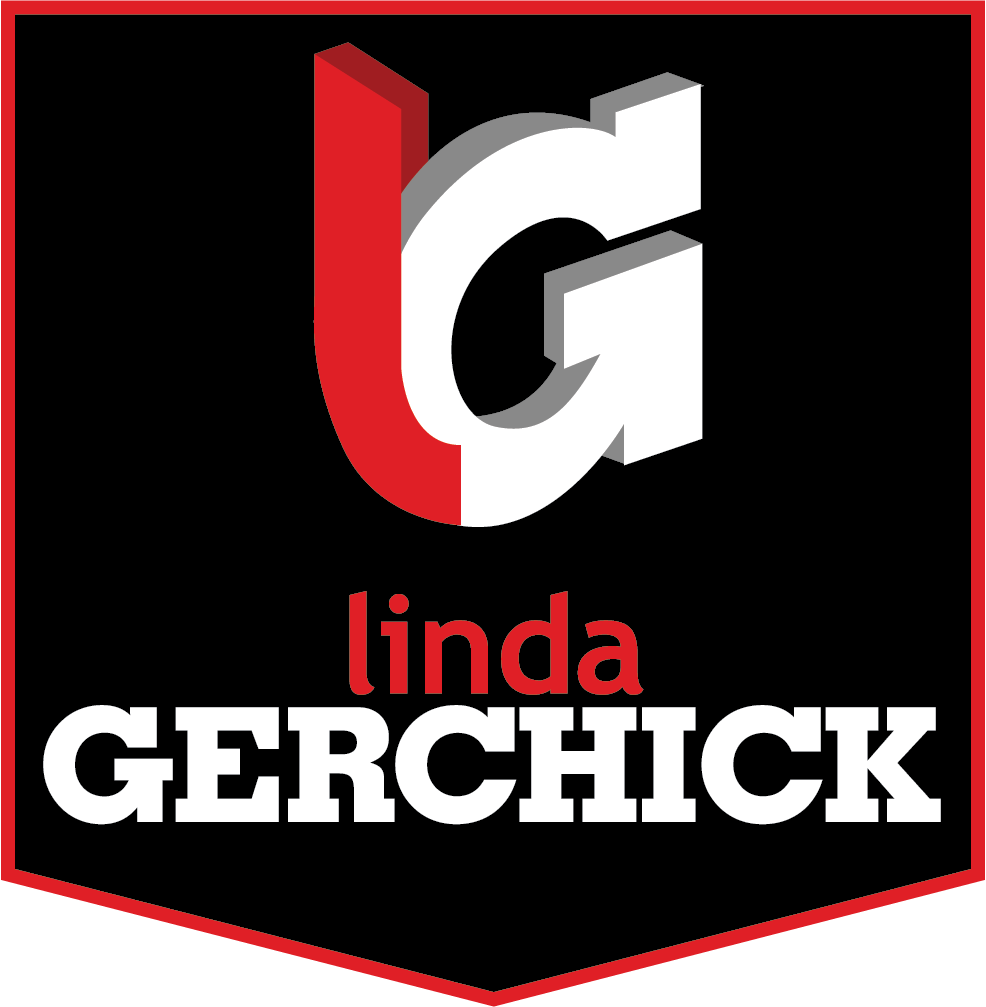
Real estate development is not for the faint of heart. Developing raw land or redeveloping an existing site has many variables, and accordingly, many costs. These costs include both hard costs and soft costs and collectively, make up a project budget.
What are hard costs in real estate development?
Anything related to the physical development of a property is generally considered a hard cost. This includes the physical materials needed to build a project (e.g., steel, concrete, interior furnishings, etc.) as well as the contractors whose labor is needed to build the project.
Material costs
Material hard costs can include steel, timber, cement, drywall, carpet, appliances, life safety systems, HVAC systems, landscaping and more. In order to calculate the materials needed for a project, a developer needs to have advanced design with their architects and engineers. There are third-party construction estimators who can help put quantities and costs to each of these material line items. Most developers will use a market average (e.g. a certain dollar amount per square foot) as an estimate during their early underwriting exercises.
Labor costs
Labor costs are one of the biggest and most variable hard costs that goes into a project. The big differentiator is whether a developer utilizes union or non-union labor. The former can be significantly more expensive than the latter, but in some markets, developers are required or incentivized to utilize union labor for a certain percentage of construction. Labor is needed throughout the duration of the project and usually includes people from the following disciplines: construction (e.g., carpenters, plumbers, electricians), site work professionals (e.g., excavators, environmental remediators, and others involved in site grading); and landscapers.
In a constrained labor market, developers will pay a premium for labor costs. In a down market, labor may be more affordable. It really depends on the availability of workers, which is why labor costs can vary by so much from year to year or market to market.
Contingency
Every construction budget includes a contingency line item. A contingency is a reserved amount of money that is set aside to cover unforeseen costs or site conditions. Developers will usually carry a 5-10% contingency in their hard cost budget.
Other Site Work Expenses to Consider
In addition to the site work expenses noted above, there are other site-related hard costs to account for in the budget, including:
Land acquisition
Most developers will spend significant time investigating opportunities before actually moving forward with a purchase and sale agreement. For example, a developer may sign an NOI (notice of intent) with the seller. They’ll put some money into escrow to confirm their good faith intent to move forward with the deal. Then the developer will spend some time investigating the site conditions and beginning preliminary design work (soft costs) before executing the purchase and sale agreement. Between P&S and closing, there may be additional conditions to satisfy, such as securing permits needed to proceed with the development. The developer is incurring various soft costs even before acquiring the parcel. Upon closing, the developer will then transfer the funds needed to purchase the property, otherwise known as land acquisition.
Environmental remediation
Depending on the location of the property and its prior use and history, the site may need some sort of environmental remediation. Nearly all urban projects require some level of remediation. “Greenfield” sites, the least contaminated, tend to be in outer suburban and rural areas. Remediation costs can vary depending on the extent and nature of the contamination.
Utility and road extensions
Some construction projects require new utility connections and/or roadway extensions. Both forms of site work are considered hard costs and will be reflected in the budget accordingly.
What are soft costs in real estate development?
Soft costs are all of the costs outside of the hard costs accruing to a project. They are often considered intangible but are critically important to a project.
Labor costs during development
The bulk of labor costs during development are associated with various professional services. The biggest professional services line items generally relate to architecture and design, with project management coming in as a close second.
- Architecture: Depending on the size and scale of a multifamily project, there could be several architects involved in a project. These could include master planning architects, concept design-level architects, individual building architects and landscape architects, among others.
- Engineering: In commercial real estate development, there are usually many engineers involved in the design and execution of a project. Engineers can come from many disciplines: traffic, environmental, civil, and more.
- Project Management: Real estate development projects typically have a dedicated project sponsor. The role of that sponsor may have been to identify, acquire and aggregate capital for the development effort. Sometimes the sponsor will spearhead the development process themselves; other times, they’ll outsource these duties to a third-party project management company. The project manager will usually collect a percentage or set monthly fee in exchange for providing the day-to-day management of the development project on behalf of investors. The project manager will typically serve as the quarterback to the other consultants and contractors involved with the project.
- Accounting / Legal fees: Accounting and legal fees are two additional soft costs that must be included in the pro forma. Accounting is sometimes managed in-house by the sponsor or developer; sometimes it’s outsourced similarly to project management responsibilities. Even large real estate developers that have their own in-house legal teams will usually look for some support from outside counsel depending on the nature of the project. Legal fees may be associated with permitting and entitlements, managing city and state regulatory processes and the like.
Carrying Costs
Every pro forma should account for carrying costs. Carrying costs are the non-negotiable items that a real estate developer must pay each month, regardless of the status of the project. This typically includes taxes, insurance and utility bills.
Financing Costs
There are many types of multifamily loans for developers to consider, ranging from traditional financing to CMBS/life co debt products. Some multifamily loans can be structured with an interest-only period to provide the developer with relief until they have the property stabilized. In any event, the type of financing used for a project can have a major impact on the pro forma.
Permits and Other Regulatory Fees
Real estate developers need to pull a range of permits for their projects, again, depending on the size and scale of the project. For example, there may be fees associated with rezoning a site for a new use. If a variance is needed, there’s usually a fee associated with that, as well. State permits may be necessary, such as permits provided by environmental regulatory agencies or highway departments. Determining which permits and regulatory fees will apply is usually one of the responsibilities of the outside counsel and/or project manager.
Post-Development Costs
There are additional soft costs associated with development projects, even as that project nears or reaches completion. These costs include:
Advertising: Most developers will hire a marketing agency or brokerage shop to assist with advertising their property. This helps with lease-up efforts and allows projects to become stabilized faster.
Management: Assuming a developer chooses to hold (instead of sell) the property upon completion, a property manager will be necessary. A property manager – which can be an individual or a team of people, depending on the scale of the project – will oversee all day-to-day activity at the property. This includes lease oversight, rent collection, routine repairs and maintenance, investment in capital improvements as needed, and more. Property managers will often hire third-party contractors for several tasks, such as landscaping and snow removal.
Security: The cost of security must be built into every development budget. On a small scale, this could be investing in and then monitoring security cameras. On a larger scale, such as at a downtown office building, this may be a fully-staffed team of people who man a desk in the lobby.
Conclusion
Whether you’re a developer or a passive investor, it is important to understand the inputs into a project’s pro forma. This requires a basic understanding of both the hard and soft costs associated with the development project. These costs can be difficult to ascertain, especially for first-time developers. Still, a developer and its investors will want to have a high degree of confidence in the budget before moving forward.
Please remember that I answer my phone and welcome a time to speak. The very best way to “meet” is via the Calendy link-Meet with Linda at the top of the website.
Best of Days!
Linda

Stay on top of what’s happening in Arizona Real Estate!
Stay on top of what’s happening in Arizona Real Estate!
Make sure you check out Linda’s new book: Linda Gerchick’s Practical Guide to Commercial Real Estate. Now available on Amazon!




